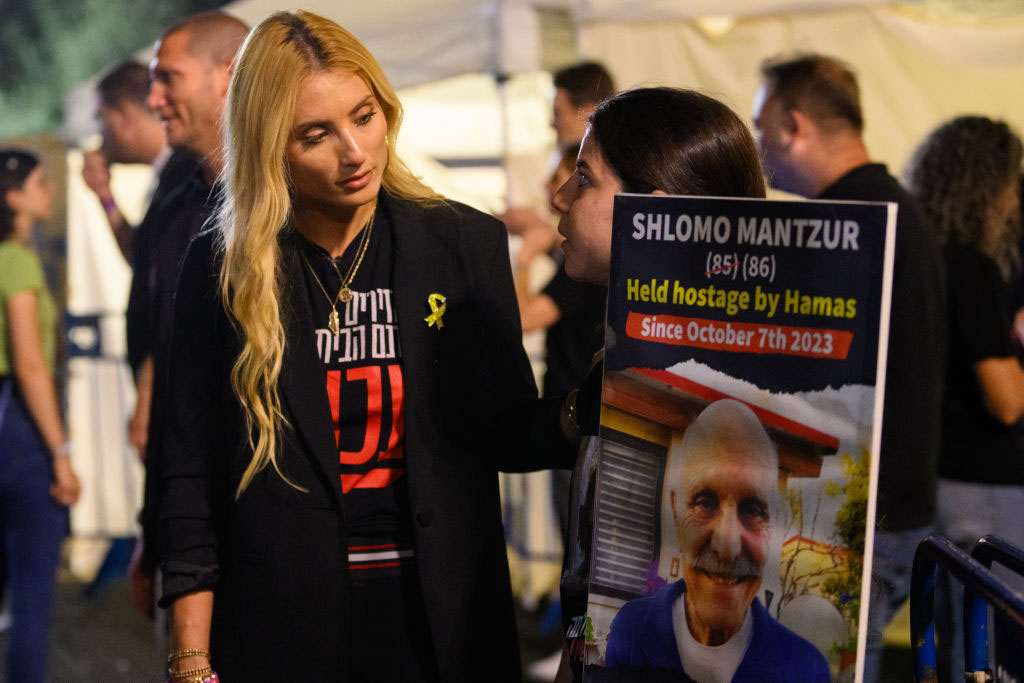It was a given that Benjy Rabin, 9, would spend part of his summers at Camp Ramah as soon as he was old enough. His father is a Ramah alum, and so are his older brother and sister.
“That was the plan we made when we decided that Jewish day school was not an affordable or appropriate option for our kids,” said Benjy’s mother, Ellen. “All the research says that going to summer camp is just as significant as day school in promoting Jewish identity.”
But Jewish overnight camps can’t rely on families like the Rabins to fill their cabins. A study done in 2006 for the Foundation for Jewish Camping shows that Jewish kids in Southern California attend secular camps at about double the rate at which they attend Jewish camps.
“Parents don’t feel they’re getting bang for the buck by sending their children to Jewish camps,” Gerrald B. Silverman, president of the Foundation for Jewish Camping, said of the study. “Part of that has to with facilities not being competitive.”
The study, by Steven M. Cohen of Hebrew Union College-Jewish Institute of Religion, calls the “limitations in facilities and in quality of recreational activities” one of three areas needing attention, and Los Angeles area Jewish camps seem to be taking note.

Climbing wall at Alonim
Camp Alonim in Simi Valley is constructing a new, 15,000-square-foot dining hall scheduled for completion in fall 2008, as well as rebuilding an adjacent dance pavilion that will be ready for this summer’s camp sessions. The new facilities will replace structures erected in the 1960s.
“In order for Jewish camps to do what they do — which is help preserve the Jewish future — we need to help convince parents, families and kids themselves to choose their camp,” said Gary Brennglass, executive director of American Jewish University’s Brandeis-Bardin campus, home to Alonim. “Part of Alonim’s efforts to continue to make it an attractive alternative relate to the physical plant. And the Campus Center and Dining Hall really are key elements in terms of any camp’s physical plant.”
Alonim also added a batting cage and started a mountain biking program last year. This year, the camp is introducing its own radio station and has added Krav Maga (an Israeli martial art form) and water polo to the menu of activities. The camp also redesigned and upgraded its Web site, adding blogs and an extensive photo gallery to attract visitors.
At Camp Ramah in Ojai, campers will be greeted this summer with a new pool featuring two corkscrew-shaped water slides. This complements the existing 25-meter pool, which has been renovated with a new deck, bathrooms and two diving boards. Executive Director Rabbi Daniel Greyber said the new pool will allow Ramah to offer more extensive aquatics programs, such as water polo, advanced swim training and possibly scuba diving.
Several years ago, Ramah purchased 22 additional acres of adjacent land that includes an orange grove. A residence located on that property is being converted into a retreat center, which during summers will be used to host guest coaches, artists, scholars and other specialists. Gifts to Ramah have also enabled the camp to expand the hiking trails on its property and build remote overnight campsites.
“The larger picture is that we’ve done a master plan and are in the middle of a capital campaign and looking forward to a whole host of other projects to reinvent and reenergize our program facilities,” said Greyber.
Camp JCA Shalom’s physical changes reflect its environmental bent and are part of its “True to Nature” campaign. Three of the facility’s buildings are now powered by rooftop solar panels, and about half of the camps’ bunks are made from recycled plastic.
“We know that greening is one of the trends people are looking for nationally,” said Camp Director Bill Kaplan. “It fits into our values system in terms of what we’ve been doing with the kids at camp and in connecting to our Jewish tradition.”
The campus also features the Marla Bennett Israel Discovery Center and Garden, a year-round interactive learning center that teaches organic gardening and farming through the lens of the relationship between Judaism and the environment. And last summer, Camp JCA Shalom introduced its Pioneer Living Center, an area dedicated to teaching historical skills such as how to build a log cabin, make candles and throw a tomahawk.
This summer will initiate the third season for Camp Gan Israel Running Springs, which just received accreditation from the American Camp Association. To address the need for greater capacity (enrollment increased 60 percent from the first year to the second), the camp is in the final stages of constructing a 10,000-square-foot building that will serve as dining and meeting hall. The structure includes dairy and meat kitchens and two large bathrooms.
Camp director Gershon Sandler said that although the camp is run by Chabad and is therefore a comfortable option for Orthodox children, the majority of campers come from non-observant homes. Sandler, who was at one time a fellow for the Federation for Jewish Camping, is well aware of the recent study on Jewish campership.
“We are giving parents what they want — helping their child to move ahead in life, not just providing a warm and fuzzy experience.” At the same time, he said, “there’s something about our spirit that the parents and kids love.”
Most camp directors stress that the emphasis on a camp’s physical features or its ability to offer bells and whistles are of only part of the picture.
“We’re a different summer camp to begin with,” said Rachael Sevilla, executive director of Camp Gilboa. “We’re more tailored to Israel education, which is itself a specialty. We’re not about to become a sports or drama camp any time soon.”
Although Sevilla says that Gilboa’s facilities could use some upgrading (the camp rents a YMCA facility in the San Bernardino National Forest), enrollment has nevertheless grown 30 percent in the last two years.





















 More news and opinions than at a Shabbat dinner, right in your inbox.
More news and opinions than at a Shabbat dinner, right in your inbox.